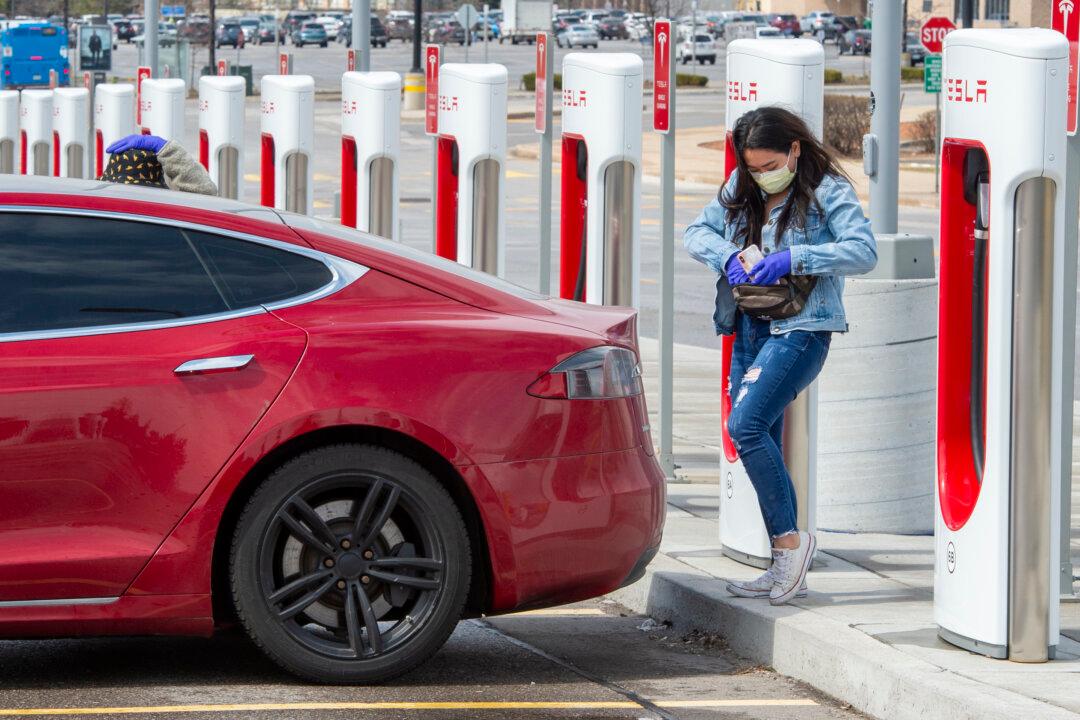Meeting Ottawa’s mandate for a fully electric fleet on Canadian highways by 2035 could increase power demands up to 15.3 percent, placing heavy strain on the country’s electricity grids, according to a newly released report.
Accommodating that demand in just over a decade simply isn’t “realistic or feasible,” said report author and Fraser Institute senior fellow G. Cornelis van Kooten.





